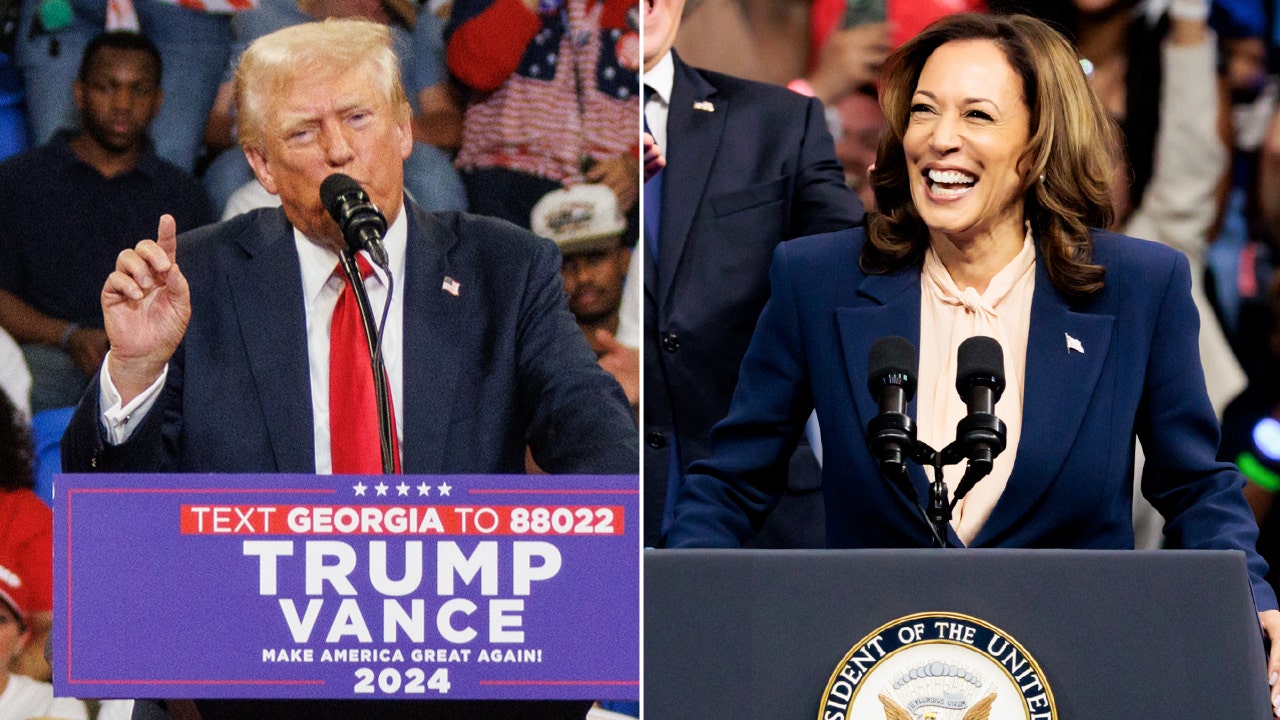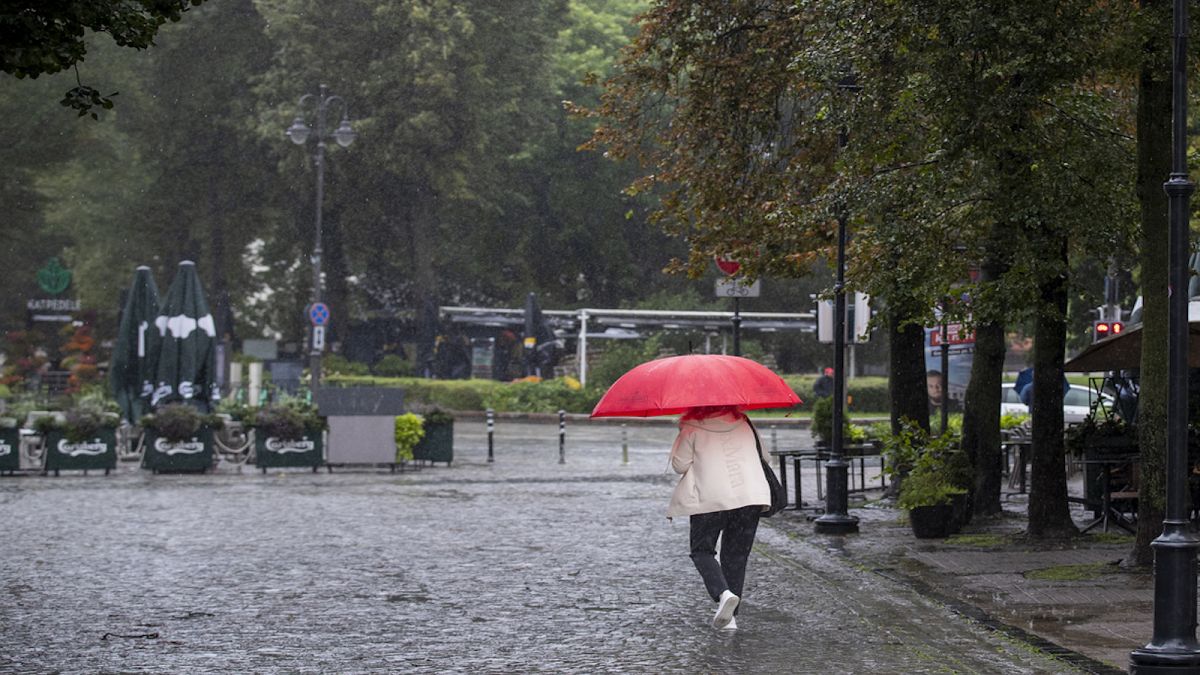Nasa said on Wednesday it is considering tapping SpaceX to shuttle two astronauts back to Earth from the International Space Station following technical difficulties with the Boeing CST-100 Starliner spacecraft they took to get there.
Astronauts Sunita Williams and Barry Wilmore, who were supposed to return to Earth nearly two months ago, may now stay at the station until February. SpaceX had a mission to the space station planned for later this month to deliver crew and supplies, but the US space agency has now pushed it back until September to weigh whether it should bring the astronauts home.
The SpaceX mission may carry only two astronauts aboard instead of four, leaving two seats to ferry Wilmore and Williams home early next year. Officials from Nasa said they were still evaluating which spacecraft to use to bring Williams and Wilmore back, and the agency would decide in mid-August.
“We’re in a new situation in that we have multiple options,” said Nasa associate administrator Ken Bowersox. “We don’t just have to bring a crew back on Starliner. We can bring them back on another vehicle.”
“Reasonable people could take either path,” he added, but the agency was “getting more serious about evaluating our other options”.
The move would be a blow to Boeing, which is being scrutinised by regulators over the quality and safety of its processes to manufacture commercial aeroplanes. It plead guilty in July to defrauding the US Federal Aviation Administration.
Starliner is meant to compete with billionaire Elon Musk’s SpaceX to bring crew and supplies to the space station. But the programme has had its own hurdles, coming in billions of dollars over budget and with multiple launch delays even before Williams and Wilmore lifted off from Cape Canaveral, Florida on June 5, with plans for an eight-day mission.
Since lift-off, helium has leaked from the Starliner and five of its thrusters have functioned improperly. Nasa officials said scientists and engineers were studying the problems to determine their cause.
If Nasa decides to transport Wilmore and Williams back to Earth via SpaceX, Boeing and the agency will need to reconfigure certain software parameters so that Starliner can undock from the space station automatically for its return, rather than requiring crew members to steer.
While Boeing was “very confident” that Starliner can bring the astronauts home, Bowersox said, some staff at Nasa were “more conservative”.
“The Nasa community in general would like to understand a little bit more of the root cause and the physics,” said Steve Stich, manager for Nasa’s commercial crew programme.
Boeing said on Wednesday that, “we still believe in Starliner’s capability and its flight rationale”, a term that means it is safe for a mission to continue. “If Nasa decides to change the mission, we will take the actions necessary to configure Starliner for an uncrewed return.”



























